The 2017 lightning bolt stretched from East Texas to near Kansas City, beating the previous record by nearly 50 miles.
A lightning flash measuring 515 miles (829 km) has officially set a new world record for length, according to scientists.
The World Meteorological Organization (WMO) confirmed that the record-setting flash occurred on October 22, 2017, over the Great Plains in the US. It extended from East Texas to just outside Kansas City, Missouri—a distance comparable to the stretch from Paris to Venice.
The previous record of 768 km, also recorded over the Great Plains, occurred on April 29, 2020, in an area well-known for intense thunderstorms.
Thanks to scientific advancements since 2016, researchers can now track lightning flashes over much larger areas using space-based mapping. This particular event was among the first captured by NOAA’s new generation of orbital satellites, called geostationary operational environmental satellites.
Michael J Peterson, lead author and member of the Severe Storms Research Center at Georgia Tech, explained, “It’s hard to study lightning extremes because they test the limits of what we can realistically observe. Continuous measurements from geostationary orbit marked a major step forward.”
Before satellites, researchers relied on ground-based sensors to measure lightning flashes. But those instruments had limits in detecting flash duration and distance. The latest technology has also helped identify the longest-lasting lightning event: a flash that lit up for 17.1 seconds during a June 18, 2020 thunderstorm over Uruguay and northern Argentina.
Prof. Randall Cerveny, a weather and climate extremes expert at the WMO, noted, “These events show that lightning can strike far from the main thunderstorm. People need to be cautious and stay indoors during lightning-producing storms.”
The WMO advises seeking shelter inside solid buildings with plumbing and electrical wiring or inside fully enclosed metal-roofed vehicles during lightning storms.
This article has been carefully fact-checked by our editorial team to ensure accuracy and eliminate any misleading information. We are committed to maintaining the highest standards of integrity in our content.

Katie is a senior who has been on staff for three years. Her favorite type of stories to write is reviews and features. Katie’s favorite ice cream flavor is strawberry.

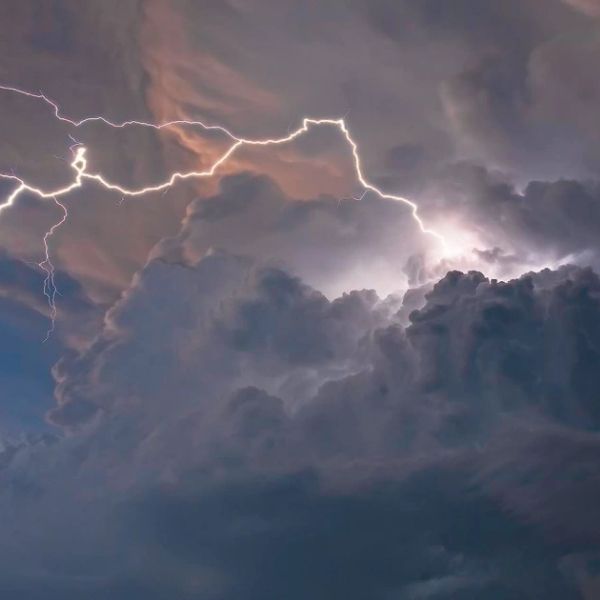
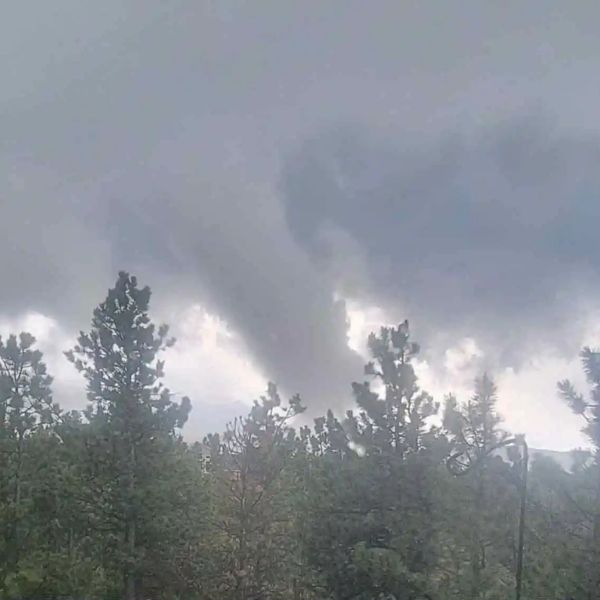
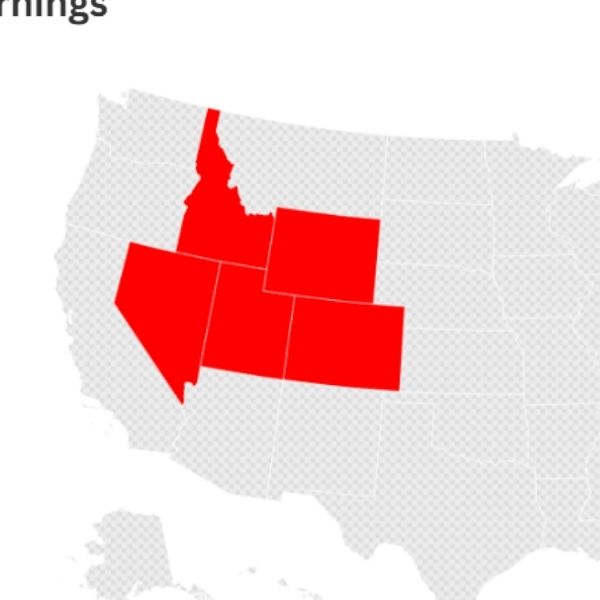
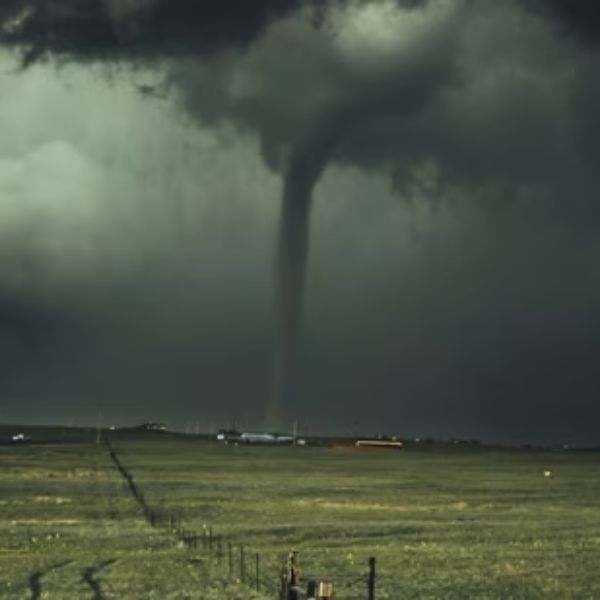

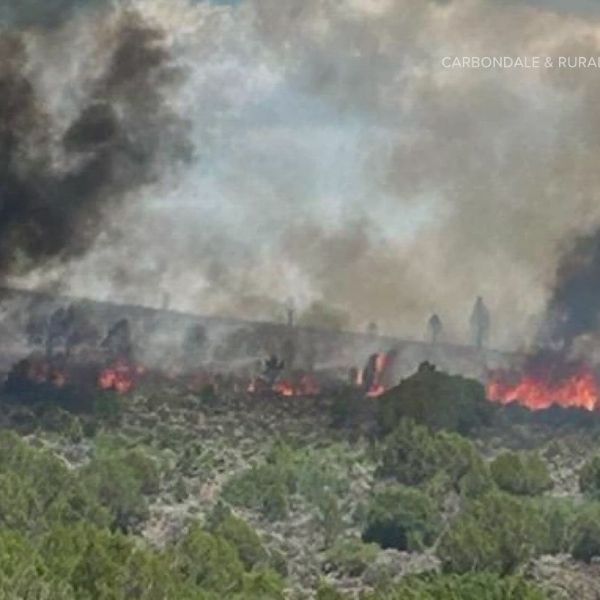
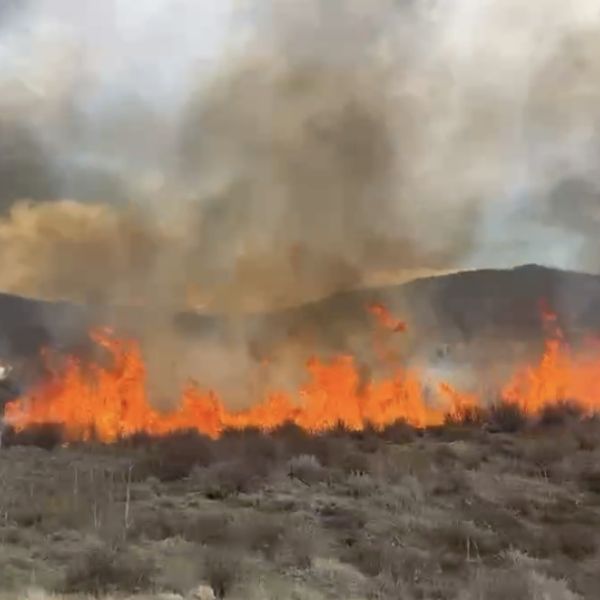
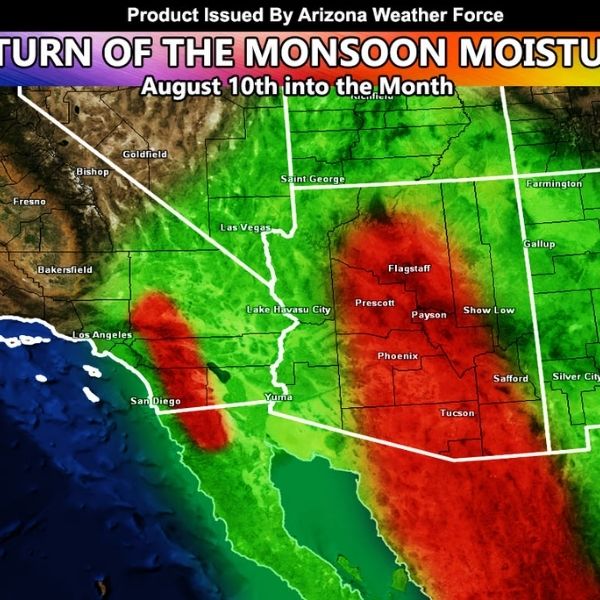
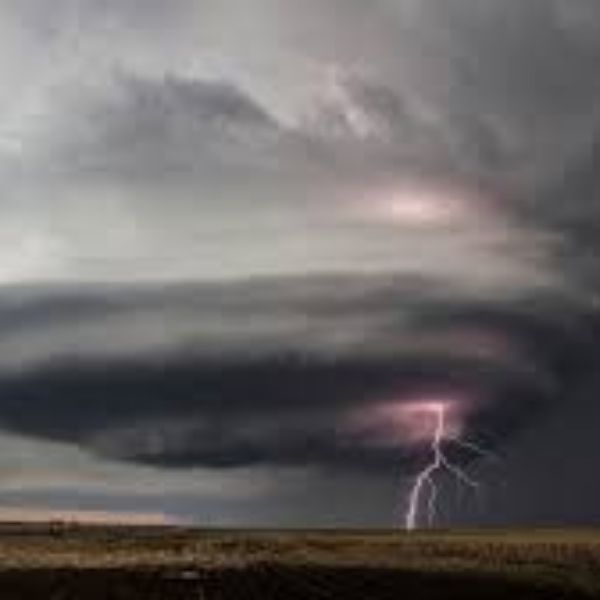
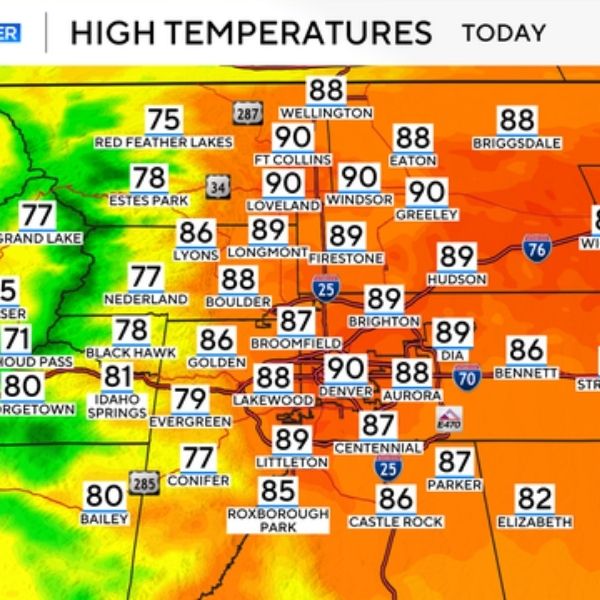
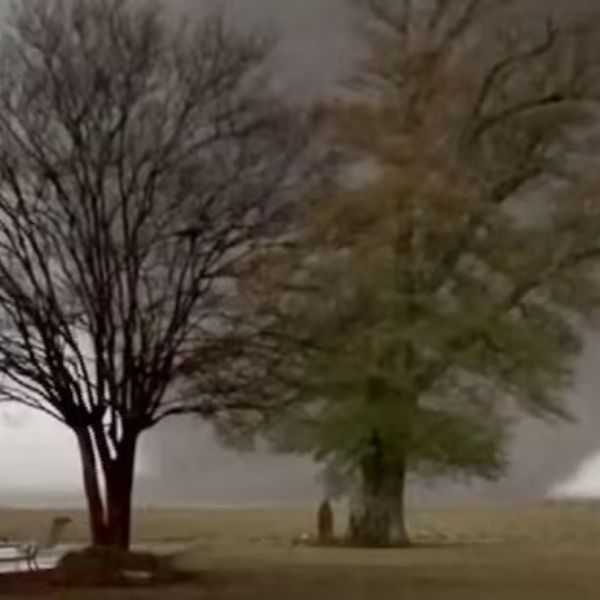



Leave a Reply